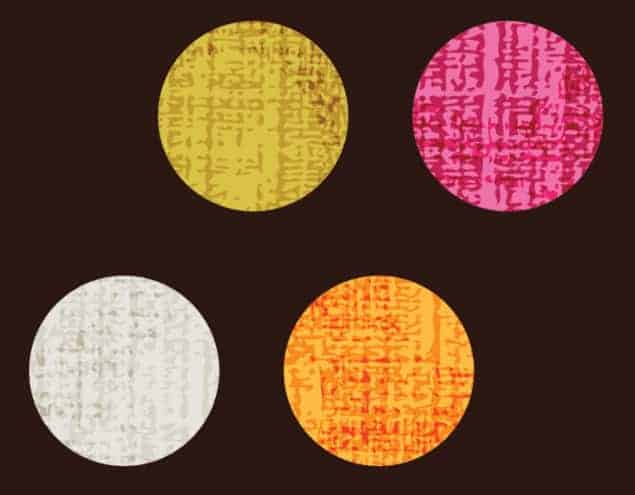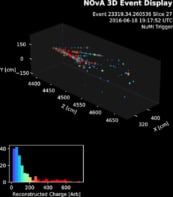
Physicists working independently at two different particle-physics labs have found tantalizing evidence for a new and mysterious hadron. Dubbed Zc(3900), the particle seems to be a “charged charmonium” and is made from quarks assembled in a way that has possibly never been seen before. Further studies of Zc(3900) could provide important new information about the strong force that glues together quarks in hadrons.
Charmonia, which are heavy mesons, contain a charm and anti-charm quark. Because they are a composite particle, they can exist in a number of different energy states – the most famous being the first excited state called the J/ψ particle. Discovered in 1974, the J/ψ particle made physicists realize for the first time that quarks are real. Although physicists have learned much about quarks over the past four decades, current theories are still not good enough to predict which of the many possible combinations of quarks will form stable mesons.
Mysterious XYZ particles
Zc(3900) was spotted independently by physicists on the BESIII experiment in Beijing and the Belle experiment in Tsukuba, Japan. Both teams focused on the mysterious Y(4260) particle, which was discovered in 2005 at the BaBar experiment in the US. Y(4260) is perhaps the most puzzling of the “XYZ” particles, which have been produced over the past decade at BaBar, Belle, BESIII and elsewhere.
Although they are believed to be combinations of quarks, the XYZ particles have so far defied explanation. At first glance Y(4260), which has a mass of about 4.260 GeV/c2, appears to be a charmonium meson. However, closer inspection suggests that its properties cannot be explained simply in terms of a charm and anti-charm quark bound together by the strong force.
One possible explanation is that Y(4260) is part of a new family of “hybrid charmonium” particles in which the gluons that mediate the strong force exist in excited states. Alternatively, Y(4260) could contain four quarks rather than just two (a tetraquark structure) – and could even resemble a “molecule” made of two mesons bound together.
More than they bargained for
To gain a better understanding of Y(4260), the BESIII and Belle teams therefore created large numbers of them by colliding electrons and positrons together. While the Y(4260) is so short-lived that it cannot be detected directly, its signature turns up in the energy spectrum of pions and J/ψ particles produced in the collision.
But both teams found more than they bargained for – evidence of an unexpected particle Zc(3900) with a mass around 3.9 GeV/c2. This new particle is even more mysterious than Y(4260) because it appears to decay to an electrically charged pion plus an electrically neutral J/ψ. This means that Zc(3900) must carry electric charge, therefore not simply comprising charm and anti-charm quarks.
One explanation for this behaviour is that the new charged particle is a molecule comprising two D mesons that are somehow bound together – something that is predicted by some models of how quarks interact. Another, more tantalizing possibility, is that Zc(3900) is a tetraquark comprising a charm/anti-charm pair plus an up quark and an anti-down quark. If the latter proves to be true, the number of possible hadrons allowed by nature could be much greater than physicists had thought – and by studying these new particles, important new insights into low-energy quark interactions could be gleaned.
“With [BESIII], we can accumulate a lot more data that will permit more comprehensive investigations of this unusual electrically charged charmonium state,” says Yifang Wang who is director of the Institute of High Energy Physics in Beijing and a member of the BESIII team. “When all of these results are used as inputs to theory, we may begin to open the door toward a fuller understanding of the XYZ particles discovered in recent years.”
The discoveries are described in two papers in Physical Review Letters (Phys. Rev. Lett. 110 252001 and Phys. Rev. Lett. 110 252002).



